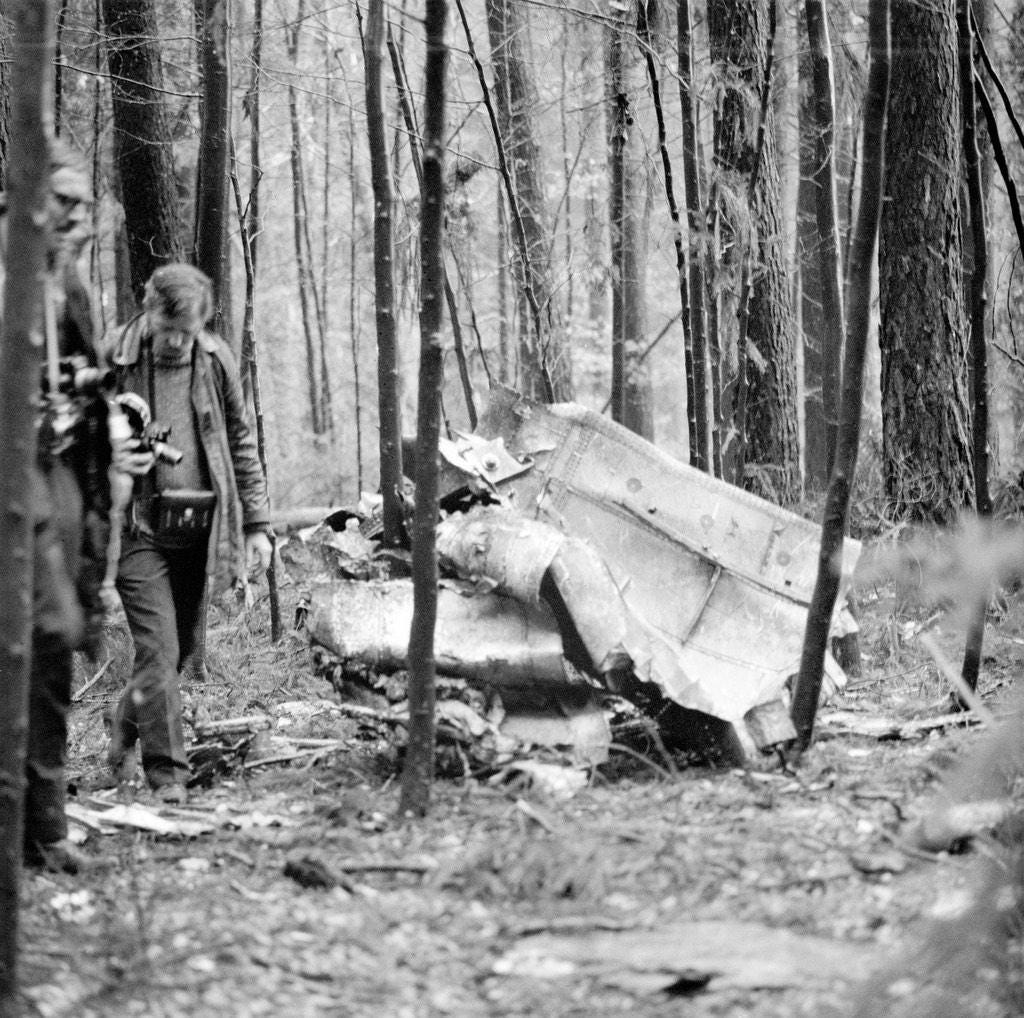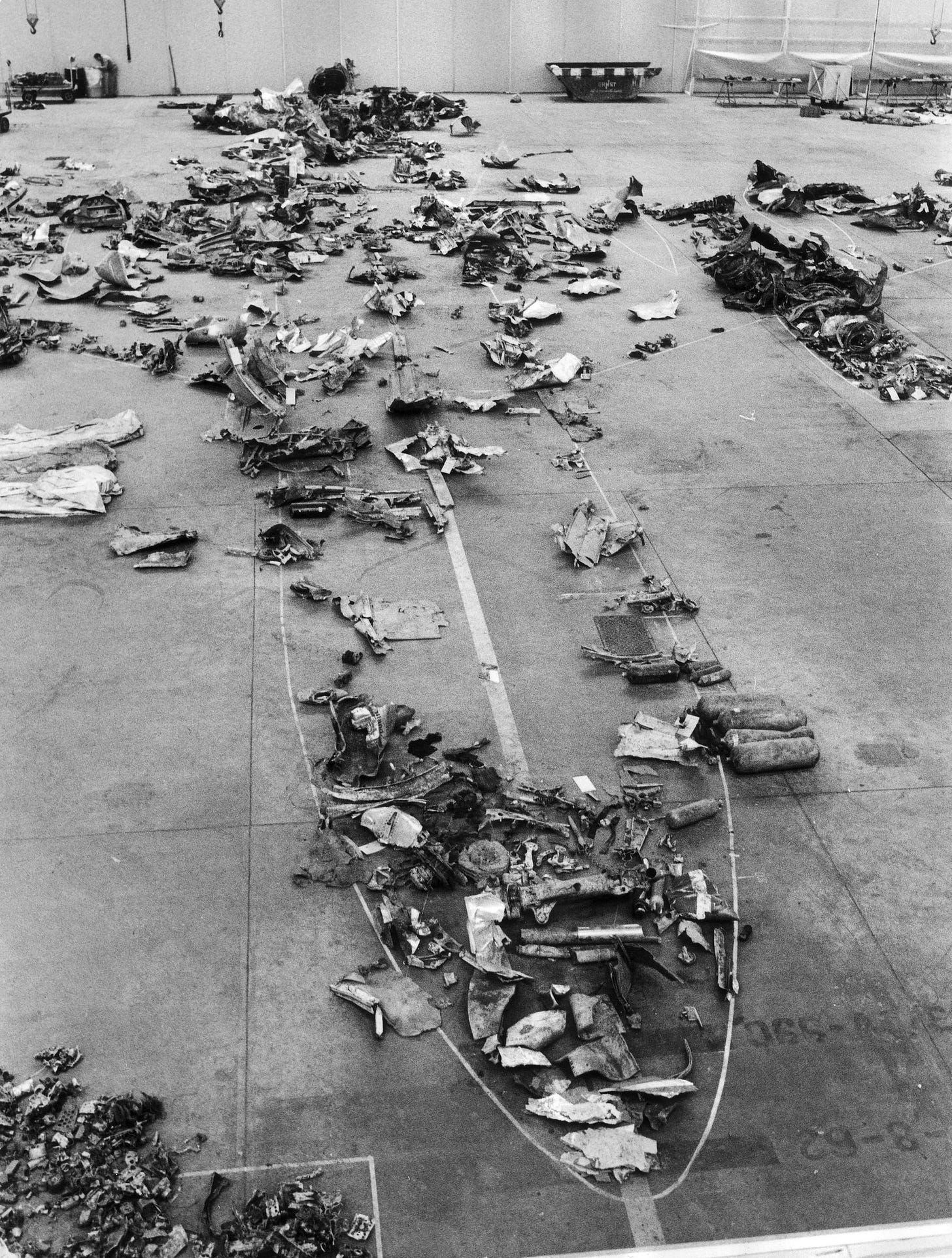SWR330 - „Goodbye Everybody“
Tragedy Over Würenlingen
February 21, 1970
Just minutes after taking off from Zurich en route to Tel Aviv, Swissair Flight 330 disappeared from radar. The aircraft, a Convair CV-990 Coronado, had only been airborne for nine minutes when an explosion rocked the rear cargo hold. Despite the crew's efforts to return to the airport, smoke filled the cockpit, instruments became unreadable, and the aircraft crashed near the village of Würenlingen, Switzerland.
All 47 people on board were killed.
In this article, we uncover the full story of Swissair Flight 330 — the attack, the doomed flight, the haunting final transmissions, and the international impact of one of Switzerland’s deadliest acts of aviation sabotage.
The Flight
Swissair Flight 330 was a regularly scheduled passenger service from Zurich to Hong Kong with a planned stopover in Tel Aviv. On the morning of February 21, the aircraft, registered HB-ICD and named "Baselland," departed Zurich with 38 passengers and nine crew members on board.
Just after 12:15 UTC, during initial climb-out south of Lucerne, a bomb exploded in the aft cargo compartment. The device had been hidden in a mailed package addressed to an Israeli destination. The explosion severely damaged the aircraft’s electrical and pressurization systems.
The crew, led by Captain Karl Berlinger, immediately radioed Zurich Air Traffic Control reporting trouble with cabin pressurization. Within moments, the situation escalated. Smoke began filling the cockpit, rendering the instrument panel unreadable. The pilots requested to return to Zurich and called for emergency services, police, and even an investigation team, indicating their growing concern that the explosion may have been deliberate.
Despite their best efforts, the aircraft veered off course as the pilots lost visibility and navigational control. In a final, desperate call, the captain declared:
"330 is crashing... goodbye everybody, goodbye everybody."
The Crash
At approximately 12:21 UTC, the aircraft crashed into a wooded area near Würenlingen, just north of Zurich. The impact was catastrophic. Wreckage was scattered across the forest, with some debris lodged in treetops. A 9mm pistol was even discovered among the crash site by a local resident. There were no survivors.
The Investigation
Investigators quickly suspected sabotage. Another bomb had exploded on an Austrian Airlines Caravelle that same day after departing Frankfurt, though that aircraft managed to land safely. Forensic examination revealed that the bomb on Swissair 330 had been triggered by a barometric altimeter, designed to detonate once the aircraft reached a specific altitude.
Swiss authorities identified two members of the Palestinian Liberation Organization (PLO) as the perpetrators. It was believed that the attack was in retaliation for the sentencing of three Palestinians by a Swiss court. Despite strong evidence, no convictions were made, and speculation emerged in later years that a secret deal had been struck between Switzerland and the PLO to prevent further attacks on Swiss targets.
The Aftermath
The tragedy of Swissair 330 sent shockwaves through global aviation and postal systems. Airmail bound for Israel was temporarily halted or rerouted via surface mail in many countries. Survivors' families and the Swiss public demanded answers. Decades later, questions about possible political compromises and cover-ups remain.
Swissair 330 is remembered not only as a devastating terrorist attack but also as a catalyst for changes in aviation security and international mail screening protocols.
To this day, it remains one of the darkest chapters in Swiss civil aviation history.
Want more stories like this one?
Then come aboard – and subscribe to our channel for free.





